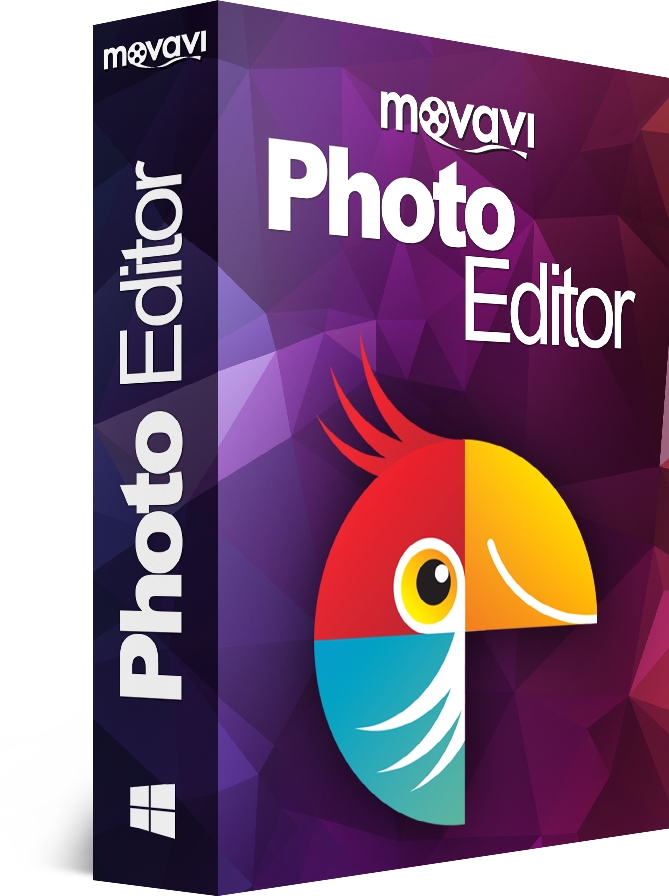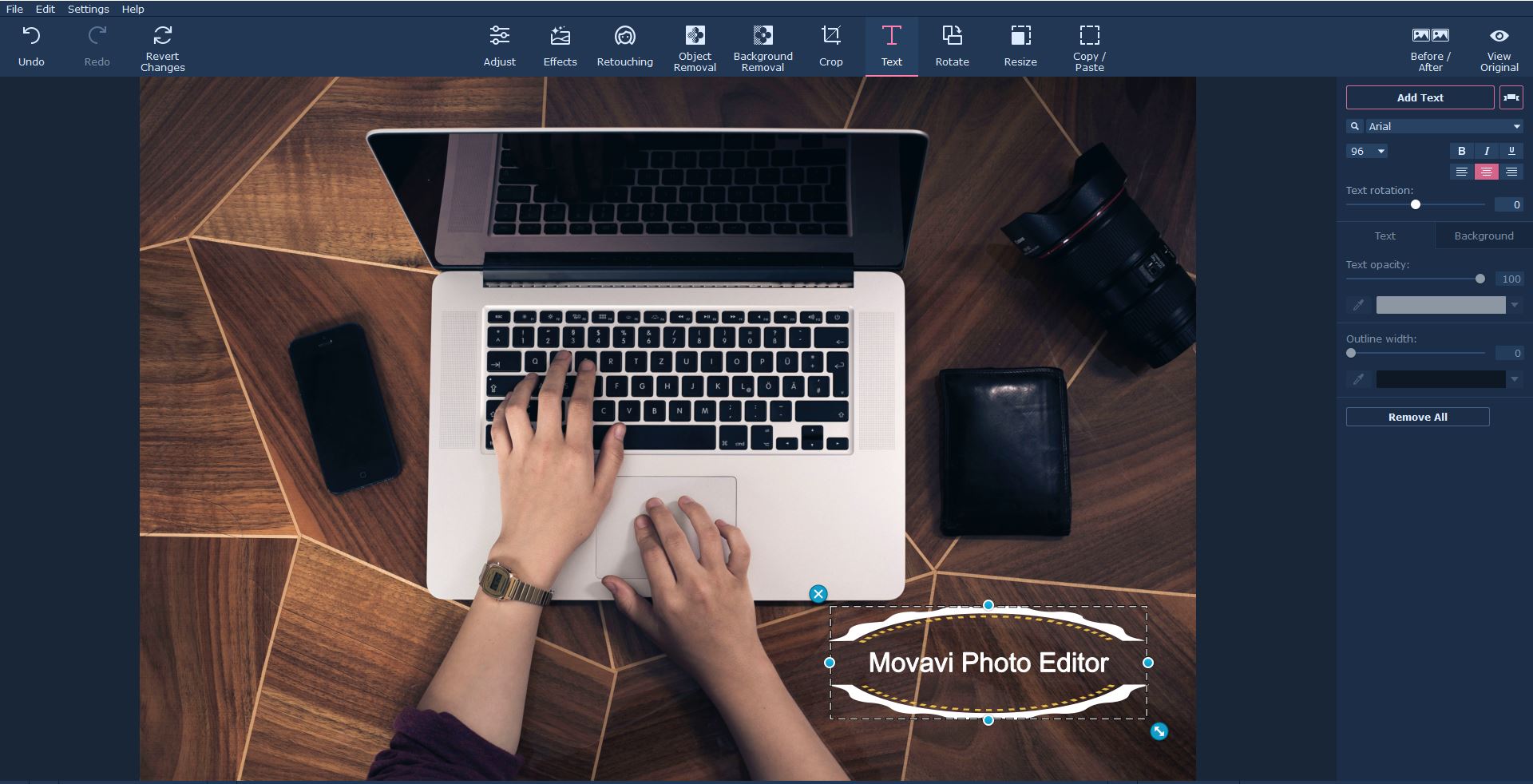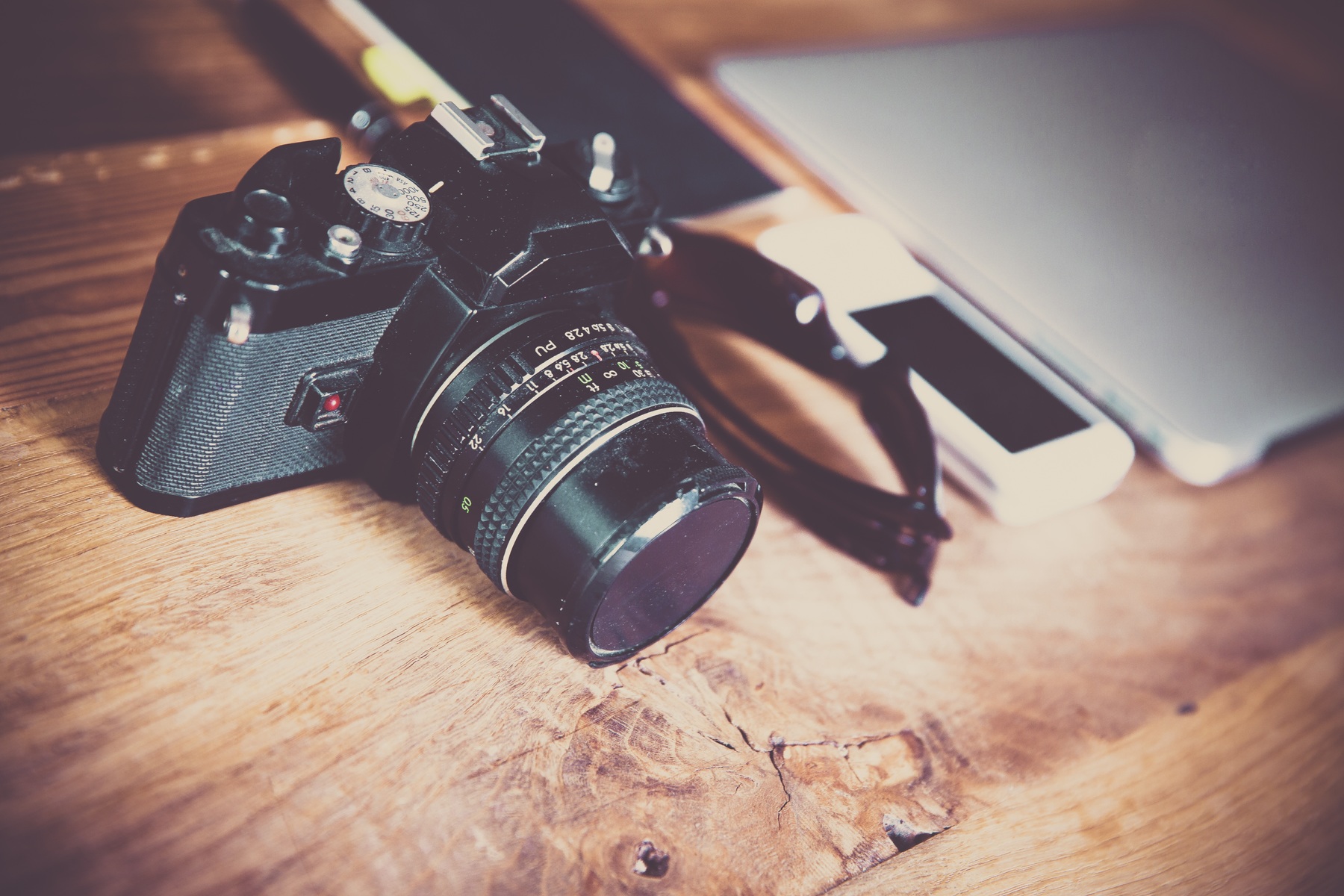A big part of photography involves carefully positioning elements in your photo, or ‘framing’ them so that their composition looks good. While that may sound easy, in practice it can be tough – especially if you don’t know how to go about it.
Assuming you’d like to snap photos that have a better frame and composition, there are several easy techniques that you could try that should put you on the right track:
- Rule of thirds
To use the rule of thirds you will need to divide the frame of your shot into a 3×3 grid – and on most cameras you should be able to turn on the grid to do just that. Based on that grid, you need to then align the subject and other elements using the gridlines and their intersection points.
The main idea behind the rule of thirds is that it will position the subject off-center, and help you to space other elements to create a composition that is more visually interesting.
-
- Fill the frame
Another useful technique to frame a subject is to get close so that the subject literally ‘fills’ the frame. Doing so serves a dual purpose, as it will both make the photo more interesting and also reveal a greater amount of detail.
- Fill the frame
When you fill the frame you can use other framing techniques such as the rule of thirds to align important features that are part of the subject. For example if the subject is a person you can align their eyes, nose, mouth or other features with the grid.
-
- Centered symmetry
Although off-center positioning can be visually interesting – there are exceptions. Most notably, centering the subject and creating a symmetrical composition makes for a really unique look.
- Centered symmetry
Keep in mind that symmetry can be vertical as much as horizontal – and using reflections can help on that front.
-
- Break the rules
Last but not least, remember: There are no rules for good framing and composition. While that may seem at odds with everything else listed above – it is true nonetheless.
- Break the rules
Think of all the ‘rules’ and ‘techniques’ for framing and composition as guidelines that you can try and experiment with, but don’t need to adhere to. As you should already know there are exceptions, and at the end of the day breaking the rules frequently will let you explore interesting shots further.

It can be useful to be able to process and alter the framing and composition after you shoot photos, which is where Movavi Photo Editor could be a big help. It will let you crop and transform the frame in other ways, while removing any unwanted elements from the composition too.
In fact with Movavi Photo Editor you could even apply filters, enhance the photo quality, add caption to photo, or touch up portraits. Simply put you will be able to tweak your photo so that it looks perfect and has a frame and composition that really pops and stands out.




